We all have cars that shaped our interest in cars in some way, the poster cars, the Lamborghinis, Farraris and Porsches. It was different for me. For me it was Matchbox, especially the K90 from the Superkings series. A red Matra Rancho. It survived my childhood – even the doors still work, and it still has a car number that I had made. And I finally met my childhood hero at the PS.Speicher museum in Einbeck (www.ps-speicher.de), Germany. The museum houses europes largest collection of classic cars, motorbikes, trucks and busses. And this Rancho is part of it.
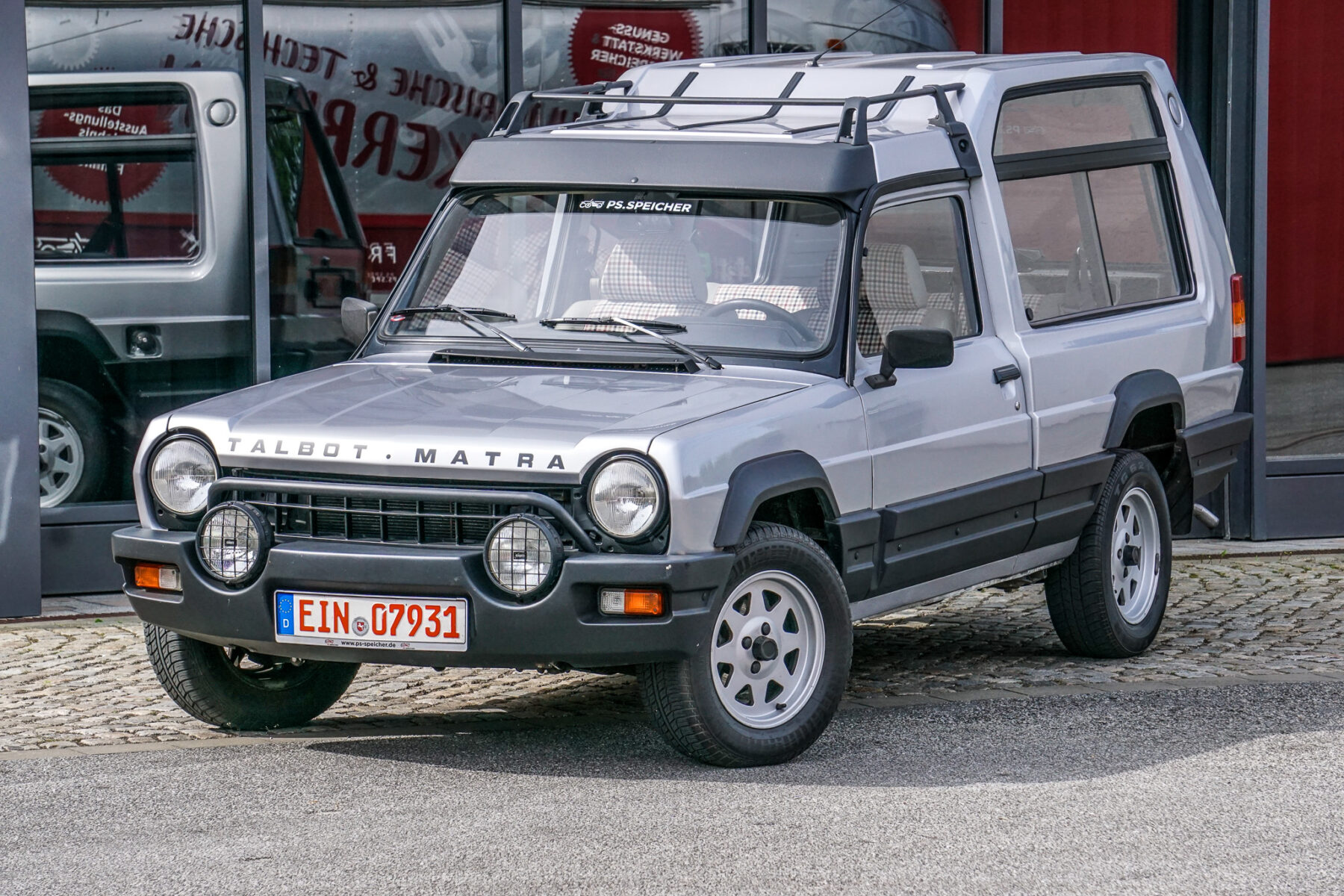
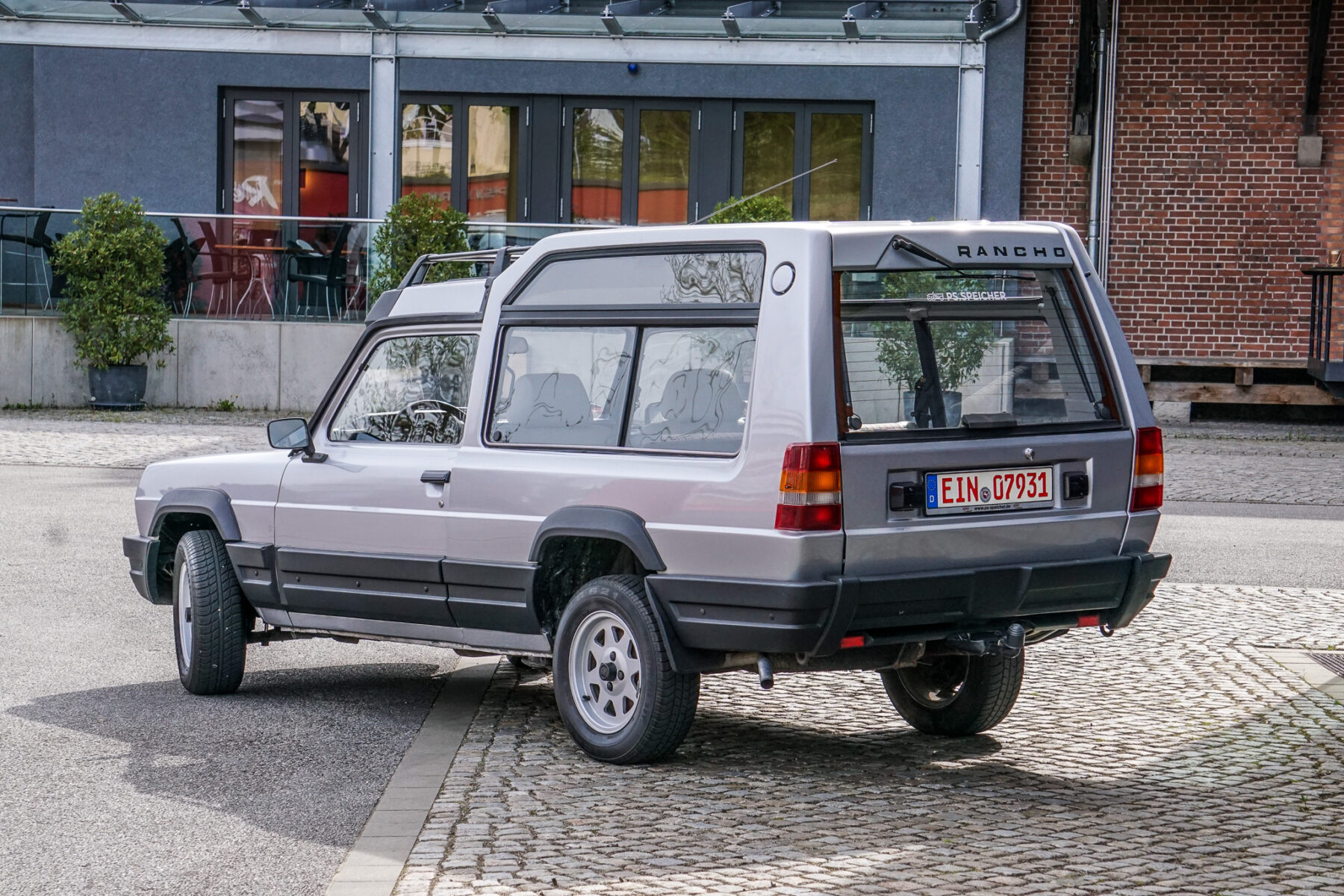
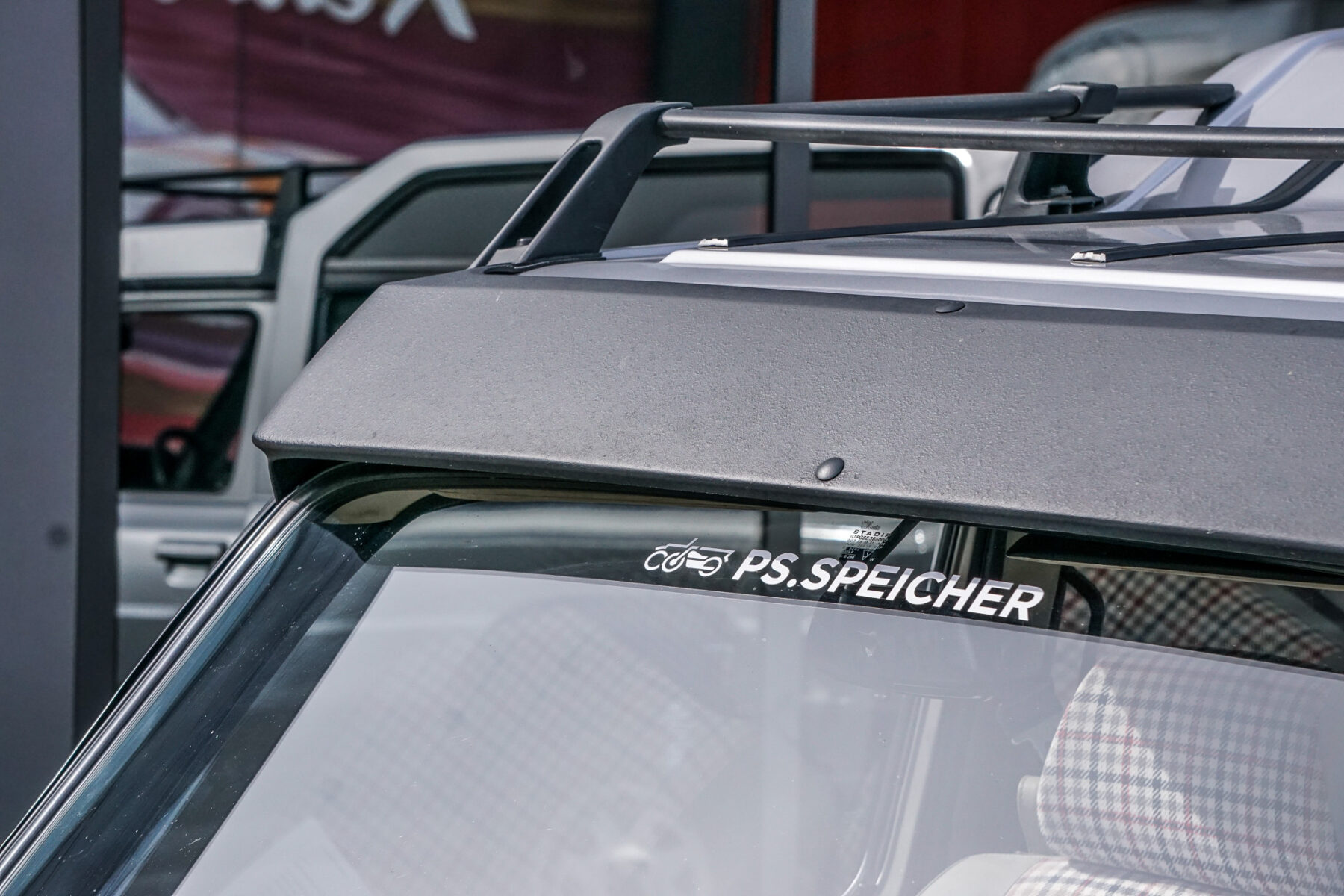
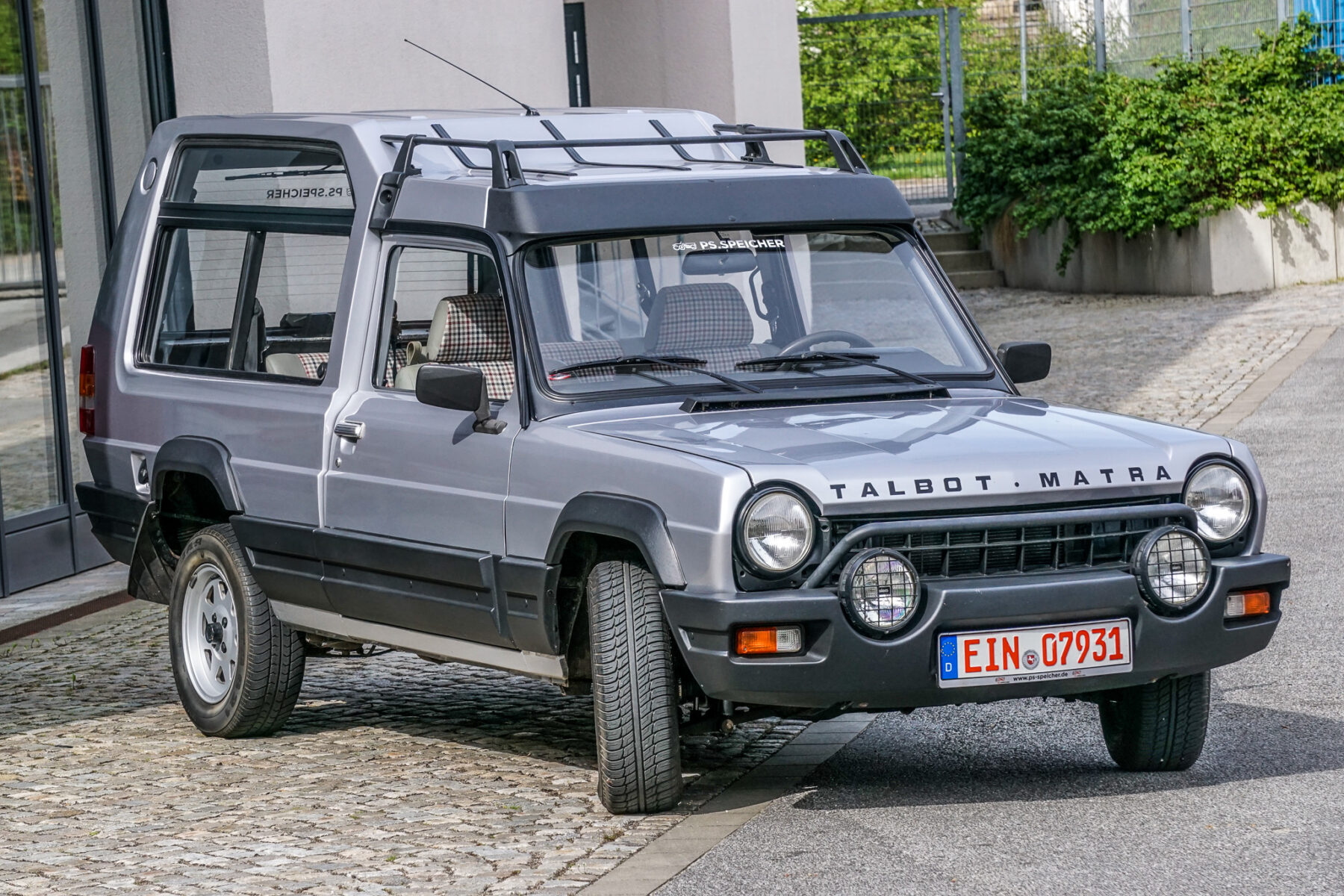
And it begins in the 1970s at Matra, the French industrial giant with an obscure car division. The oil crisis meant that hardly any Bagheera sports cars were being bought – so an idea was born in Spain. The Spanish Simca dealer Talleres Panades develops a kind of utilty vehicle based on the Simca 1100, the 1200 Campero. At a time when SUVs, and Cross and Crossover are out of the question, this idea reaches Matra. Why not develop an affordable “small” Range Rover. And in order to save costs directly, they reach into the company’s shelf. The basis: the Simca 1100 pick-up. This resultetd in the project P12 – and in 1977 the Matra Rancho was born. Let’s take a look at it right now.
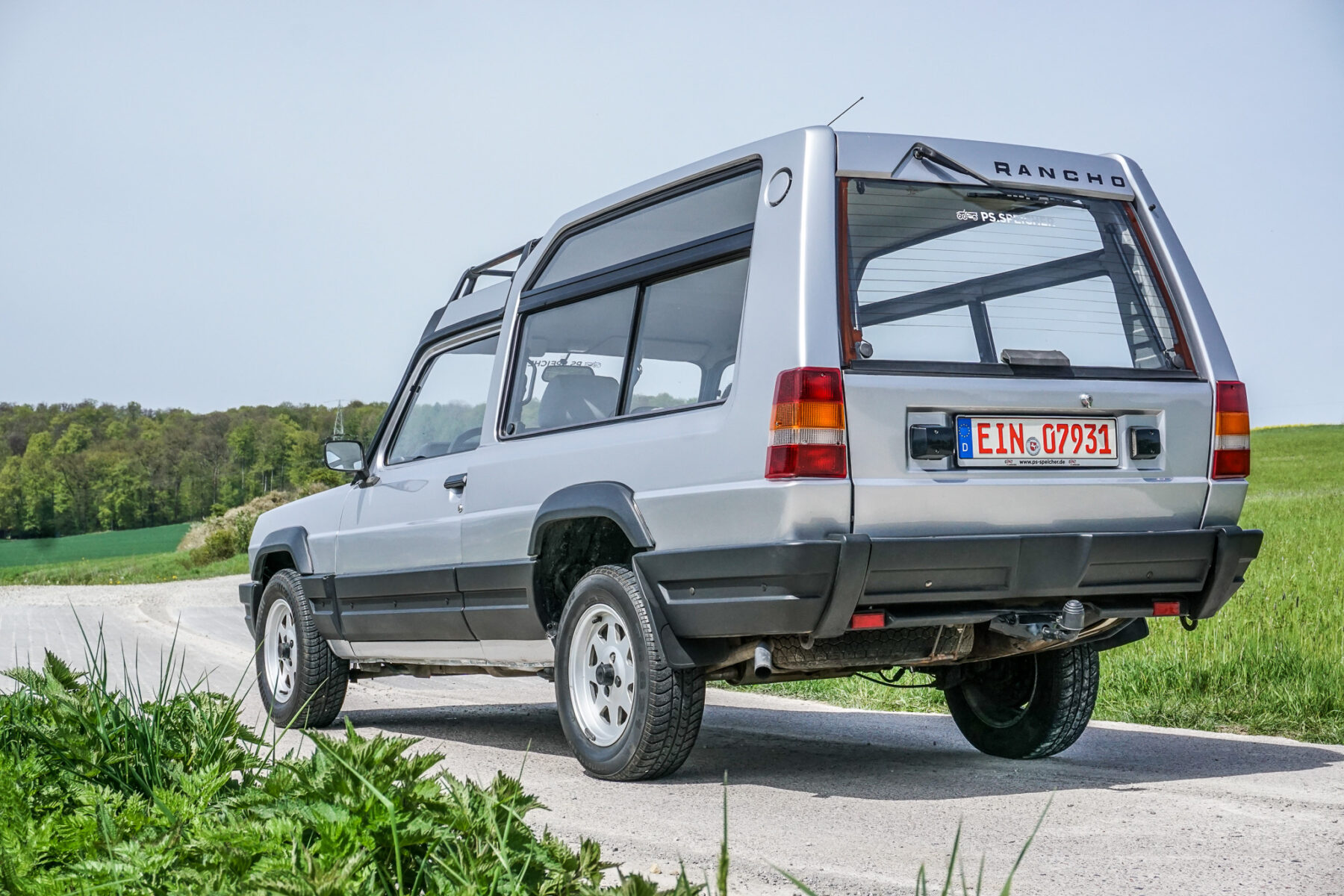
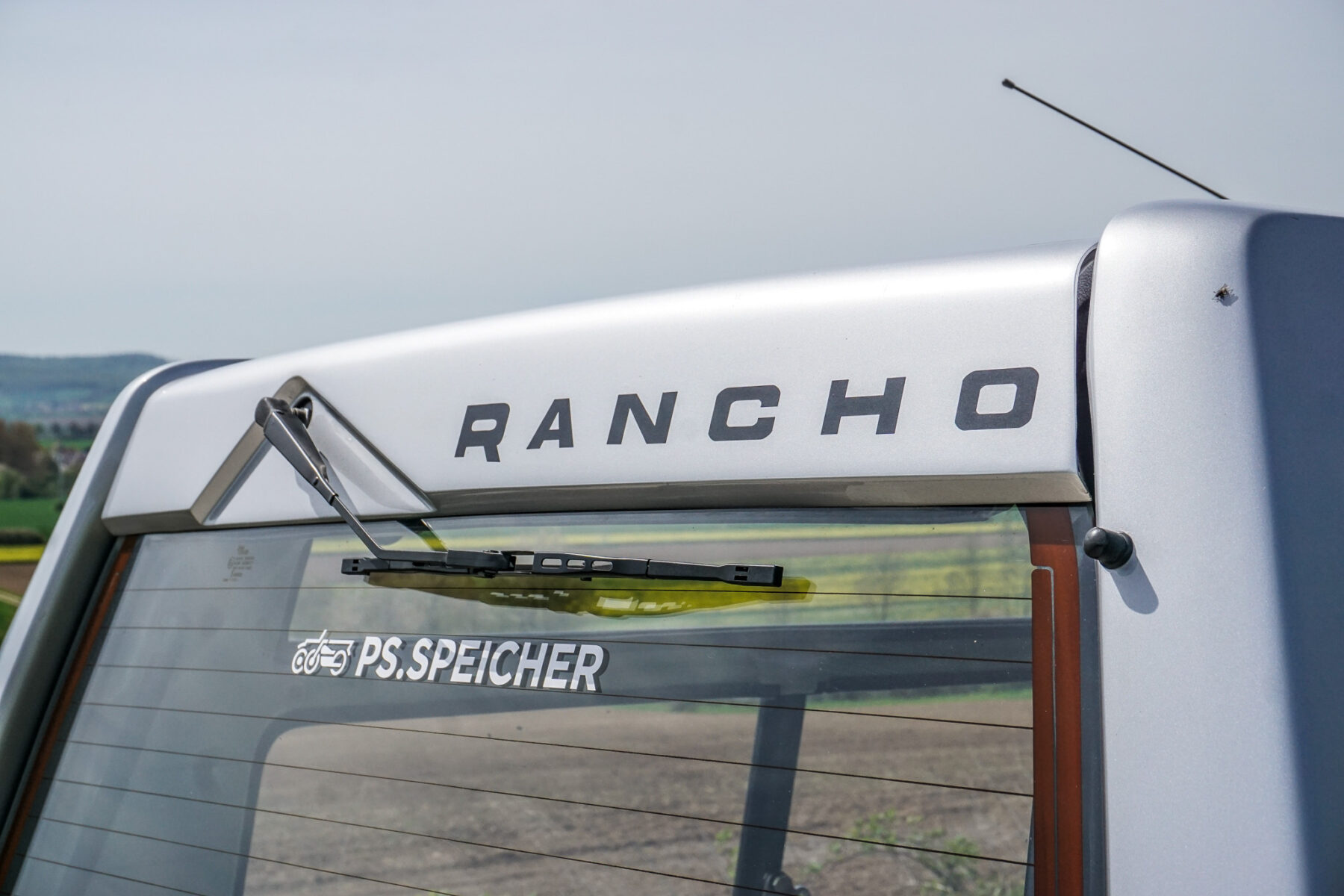
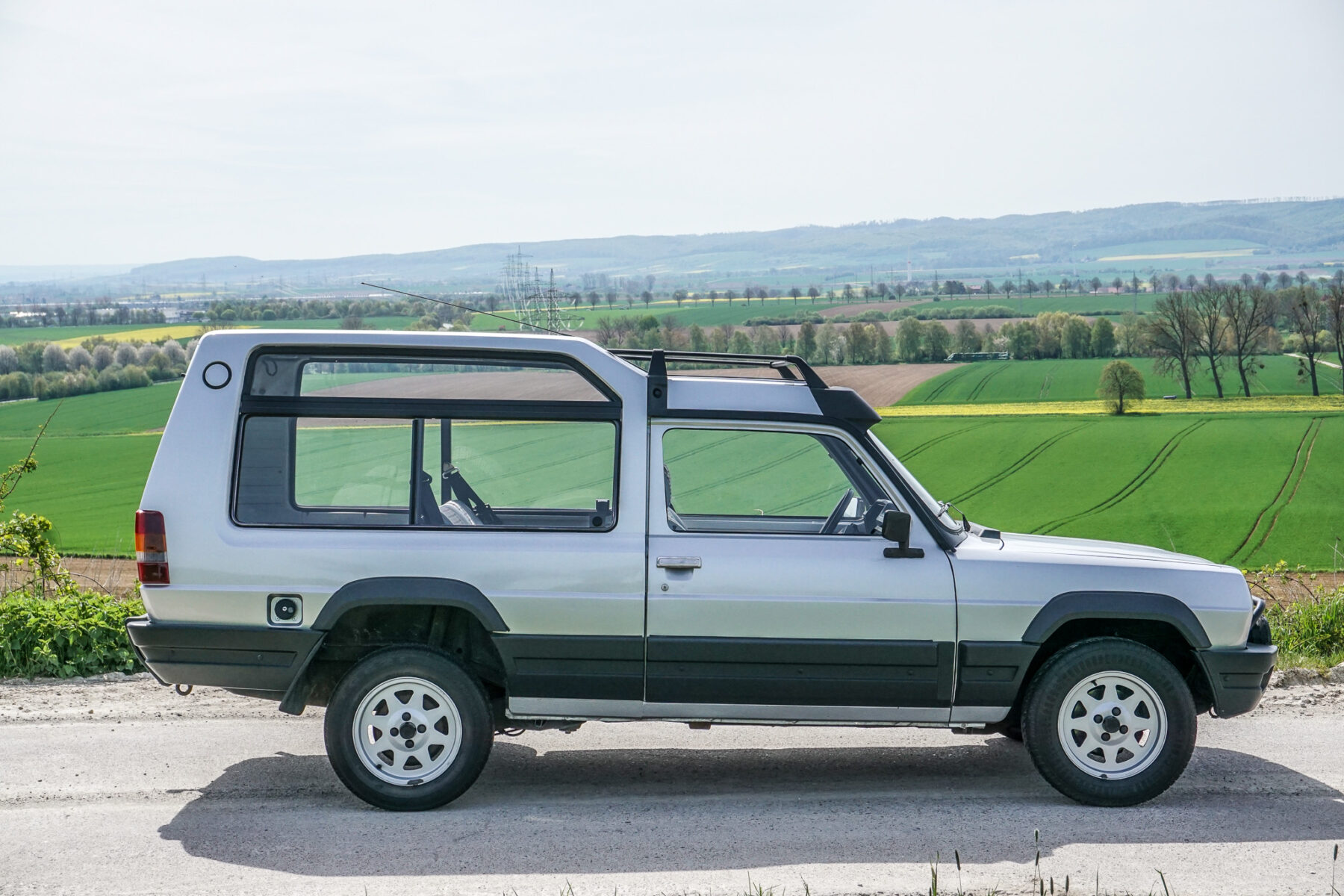
So that’s him in all his glory. The whole front-end of the Simca was employed, including the front doors – the rear section is a glassfibre body, crafted on the Simca 1100 Pick-up chassis. And then there is a lot of plastic to make the car look more massive. Lots of black plastic around the wheel arches, with massive wheel arch extensions, massive bumpers and a thick protective strip all around. And the same goes for the windscreen. The car was so unique that it had its own niche.
Okay, you know I have no idea about engines. We’ll keep it short. A 1.4 four-cylinder from the Simca 1308 with 80 hp. In the German prosect, they talk about a beefy engine that can take you anywhere. And even though the Matro Rancho is more of a soft-roader, Matra added an underride guard and a reinforced chassis.
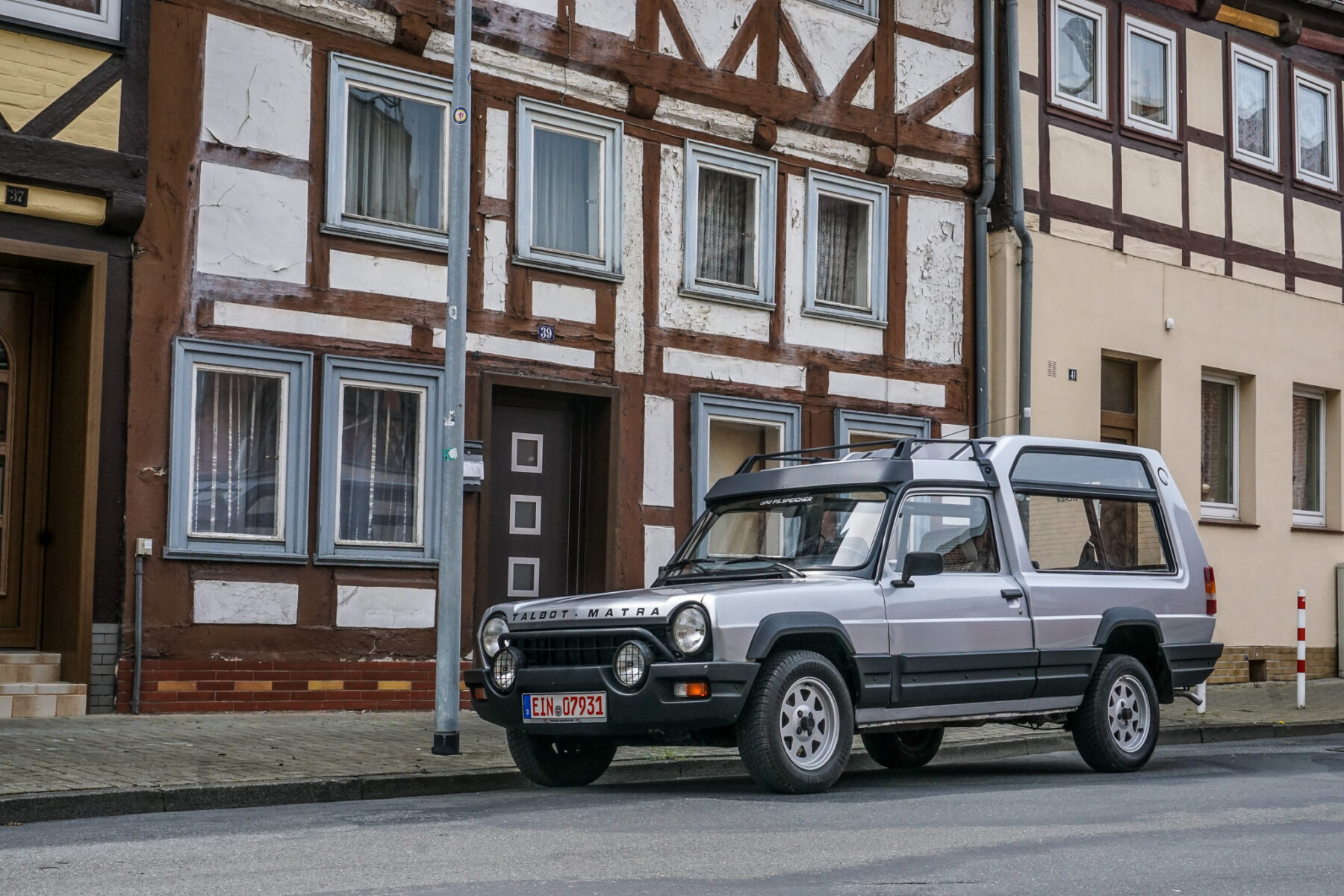
In Germany, the Matra Rancho was available in three versions: Rancho, Rancho X and Grand Raid. And there was also a kind of open version, the Rancho DC (Decouvrable)- which I have never seen. There was a commercial version, the AS, probably only sold in france.
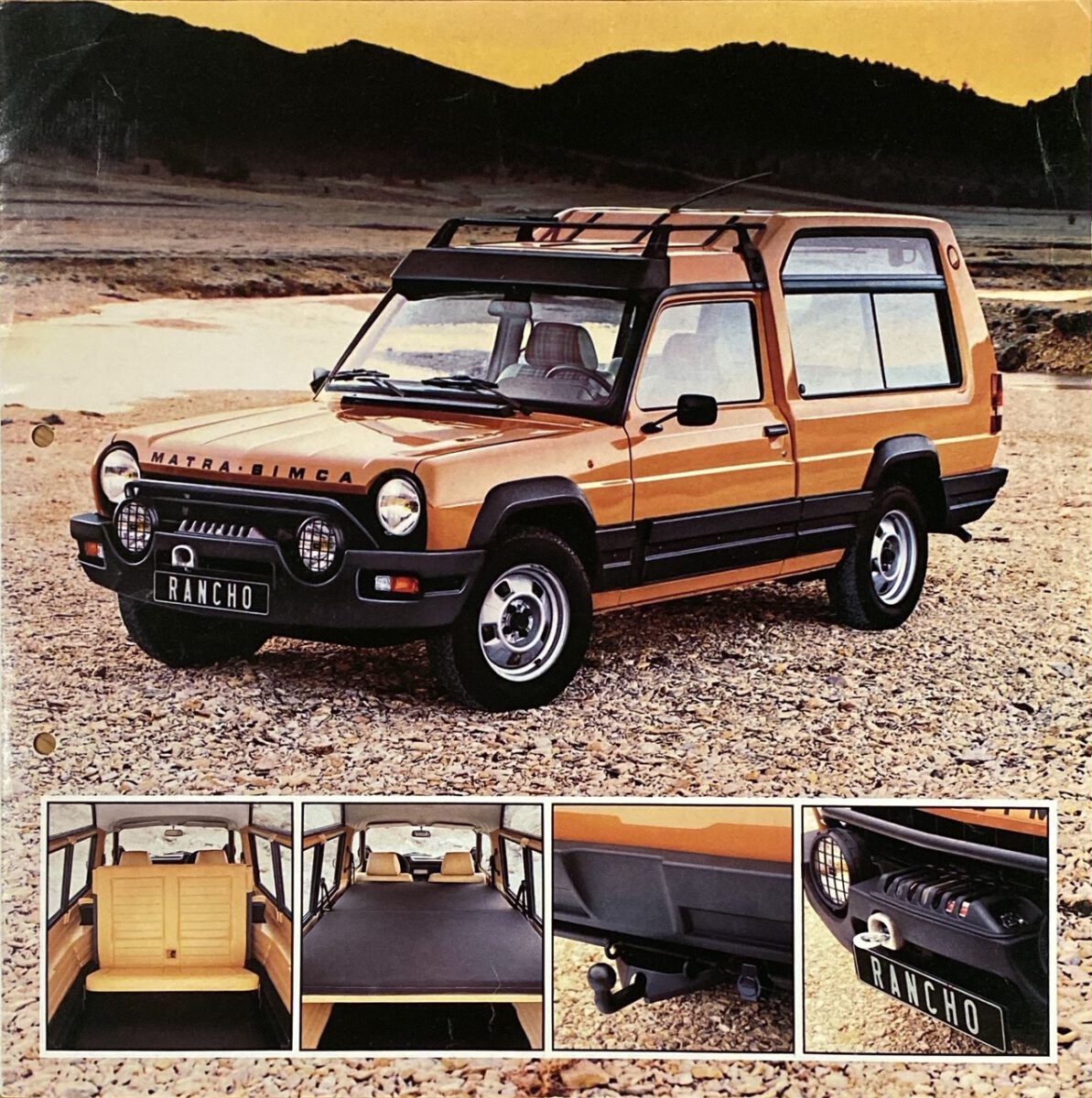
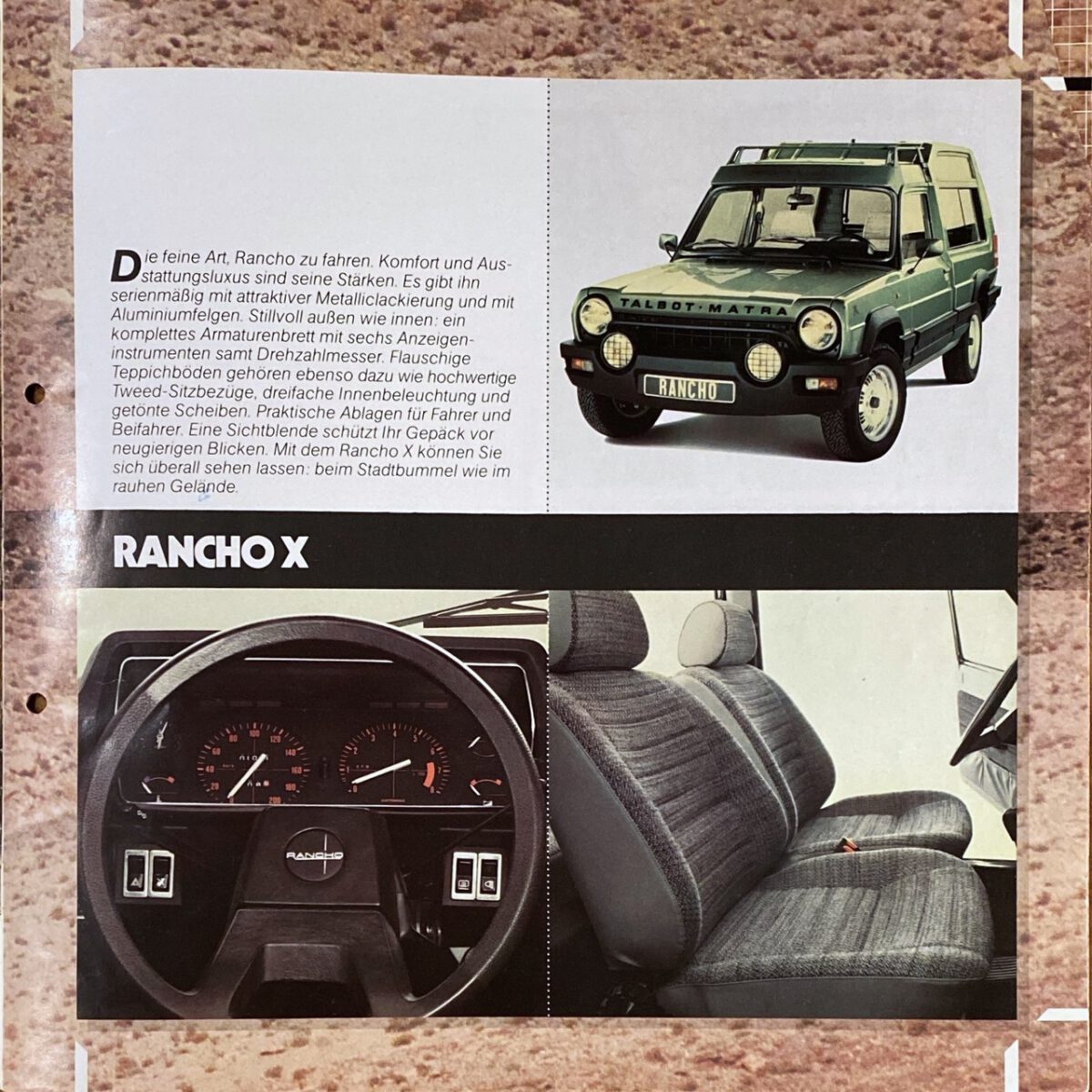
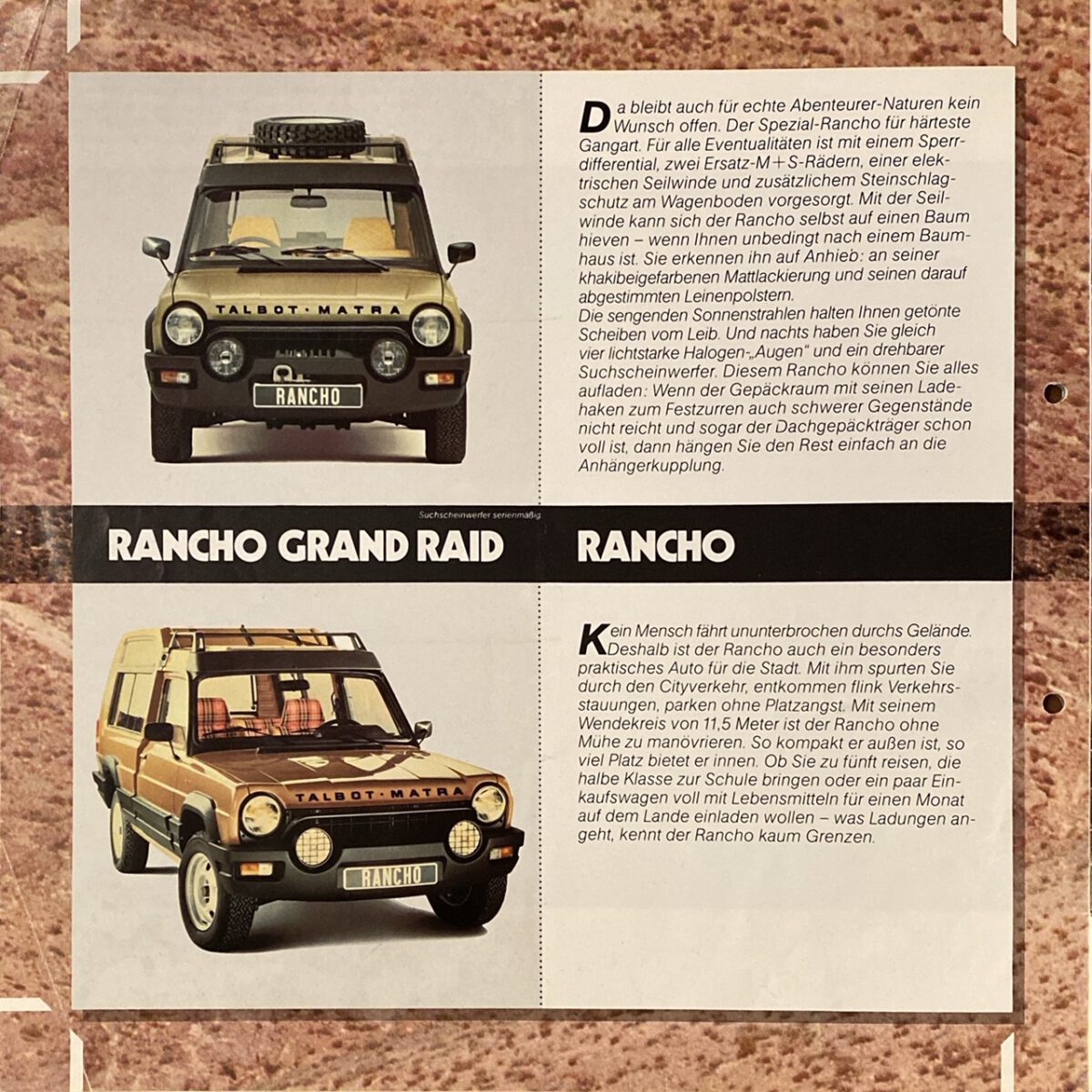
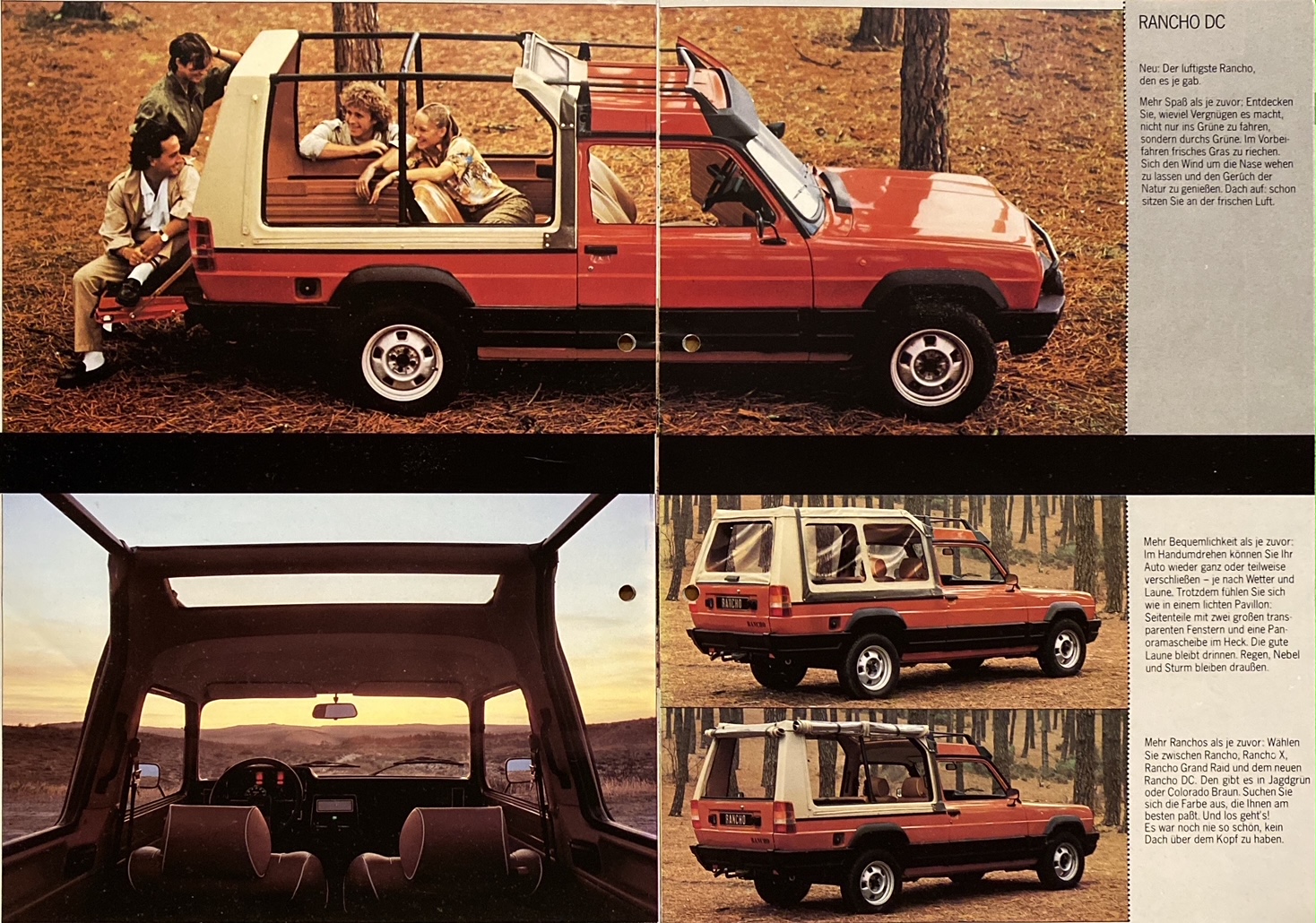
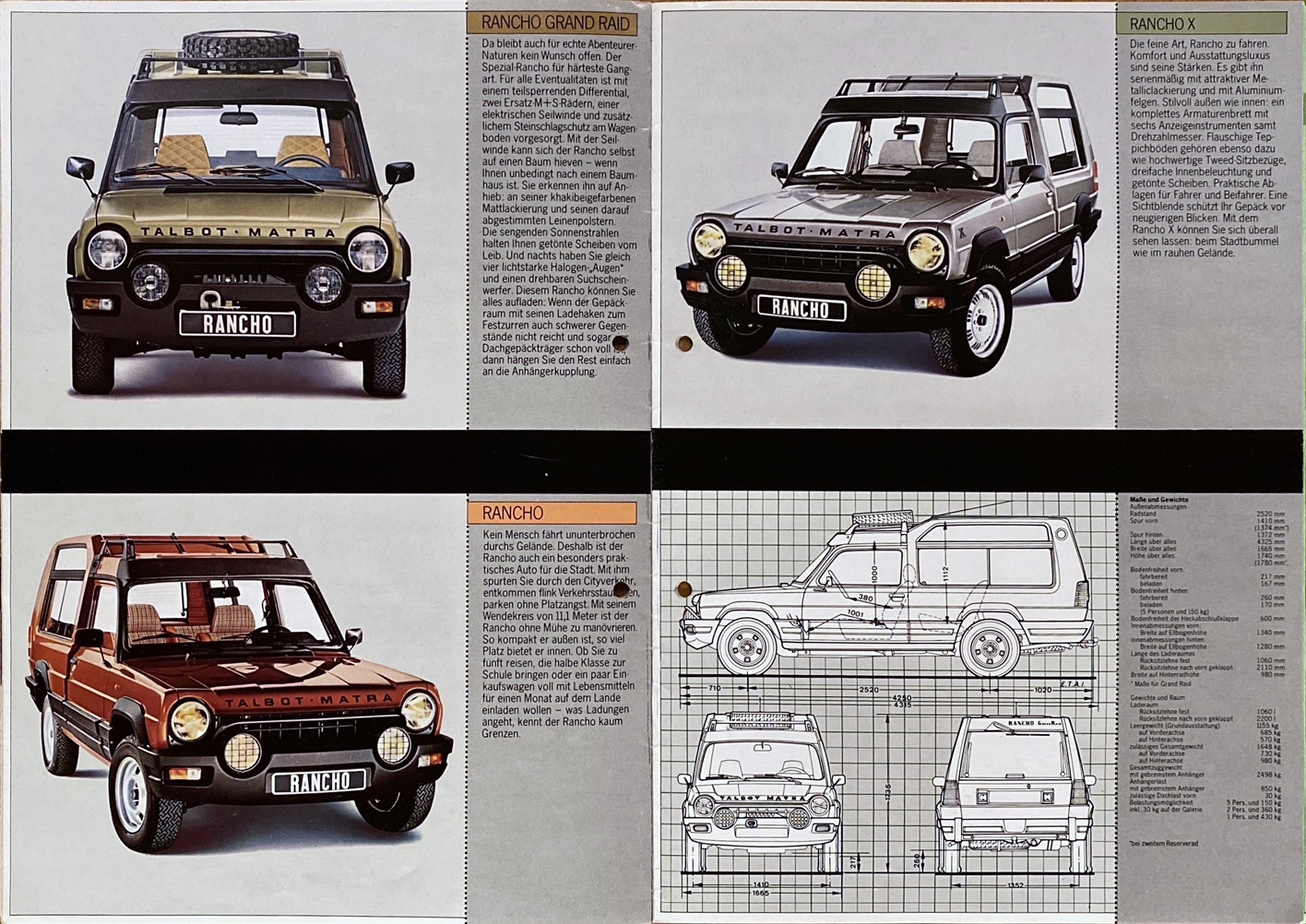
Btw, thanks to Christian from FineCarBrochures on Instagram, who provided me with brochures and information.
Our Rancho is missing a few important extras, for example a front winch that could tow 1200kg – but above all the iconic searchlights on the windscreen. You can’t have everything. I like this luggage rack on the roof – by the way, there was also a spare wheel on the roof. It has a really huge window area with sliding windows. And a split tailgate at the back, one opens upwards, one downwards. It’s a great place to sit and enjoy a cup of tea or a Coke.
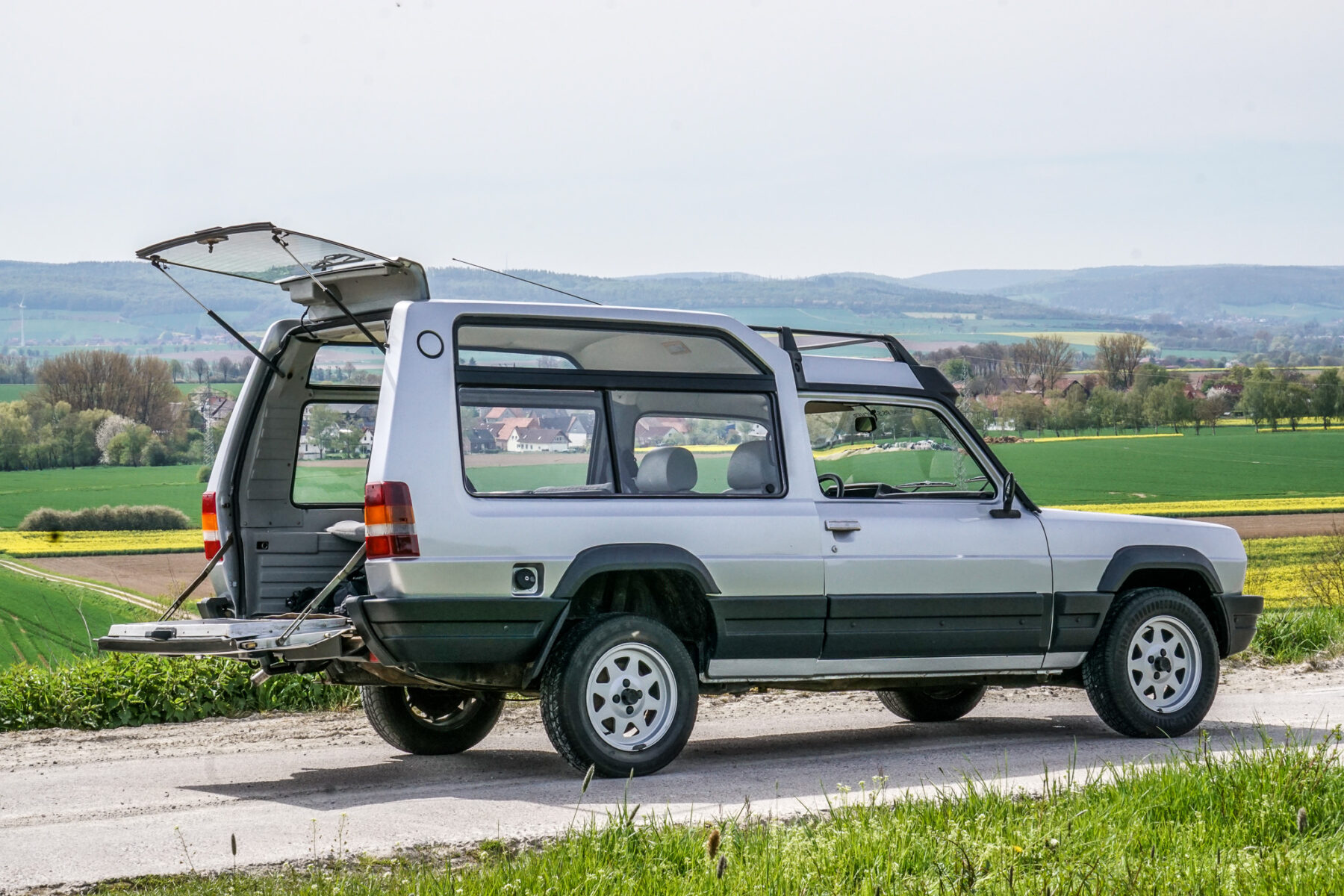
Inside it’s really all Simca 1100, so a bit spartan. typical Simca/Talbot steering wheel, and everything you need. The access to the rear is good, by the way, there was also a third bench seat and a bed….
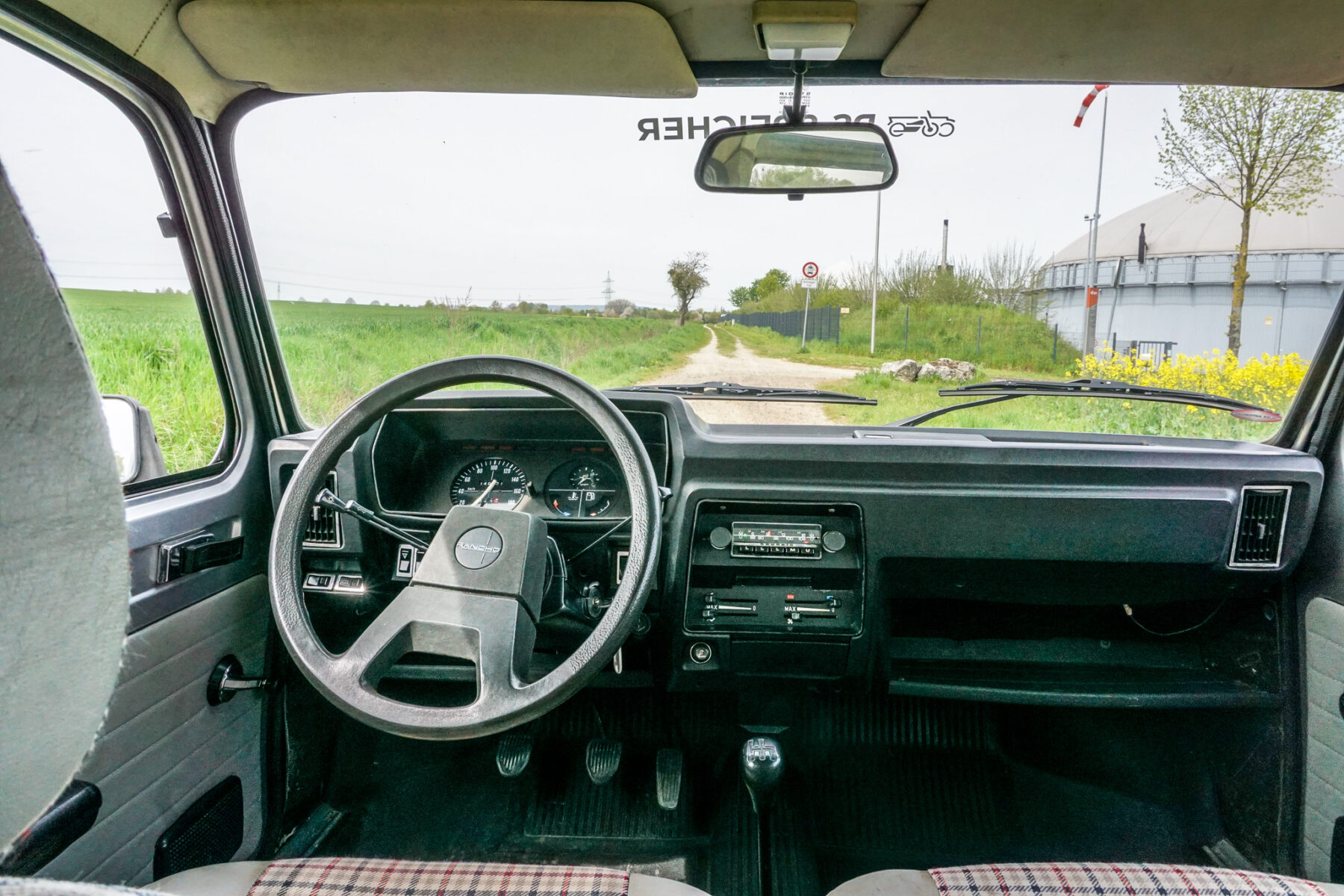
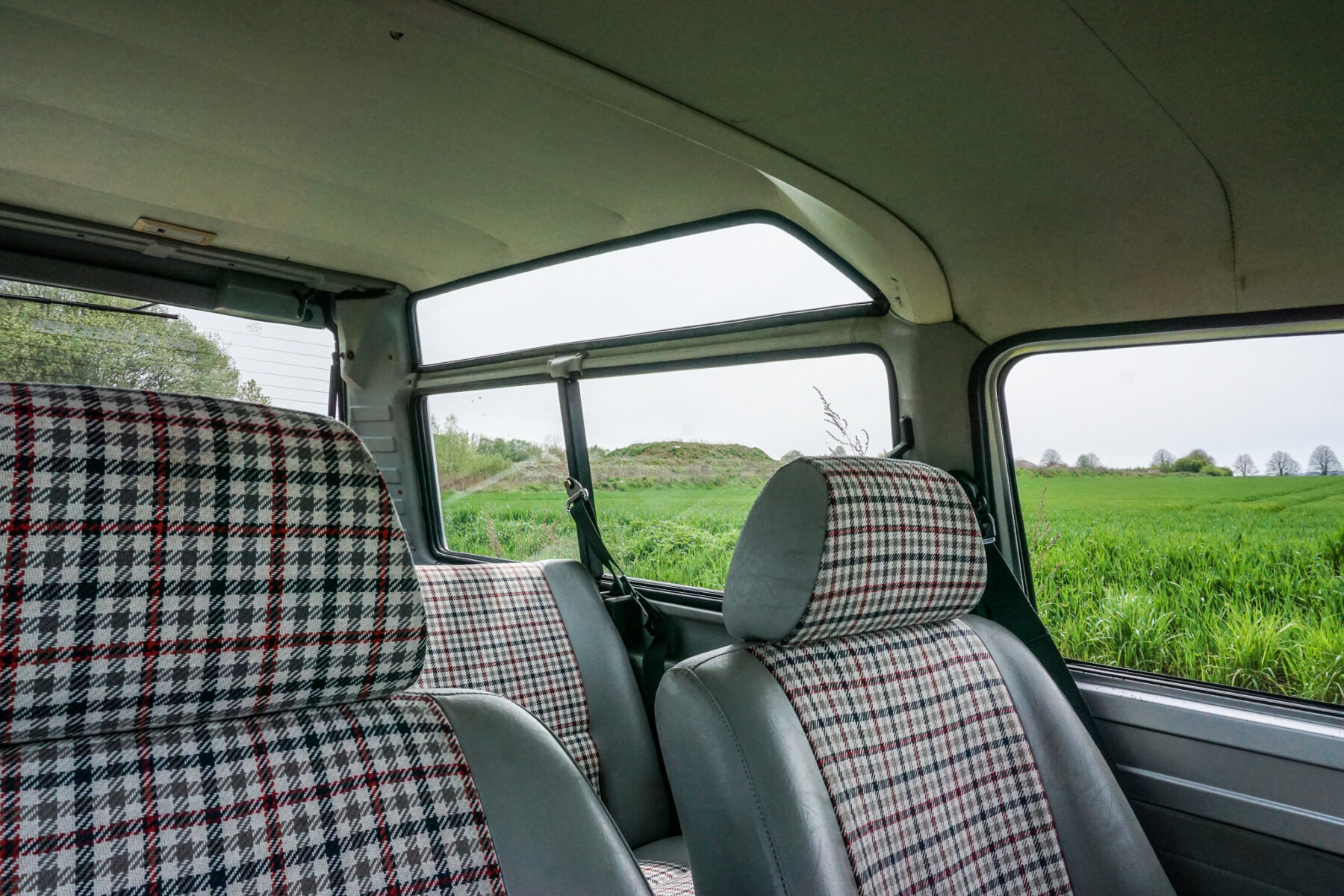
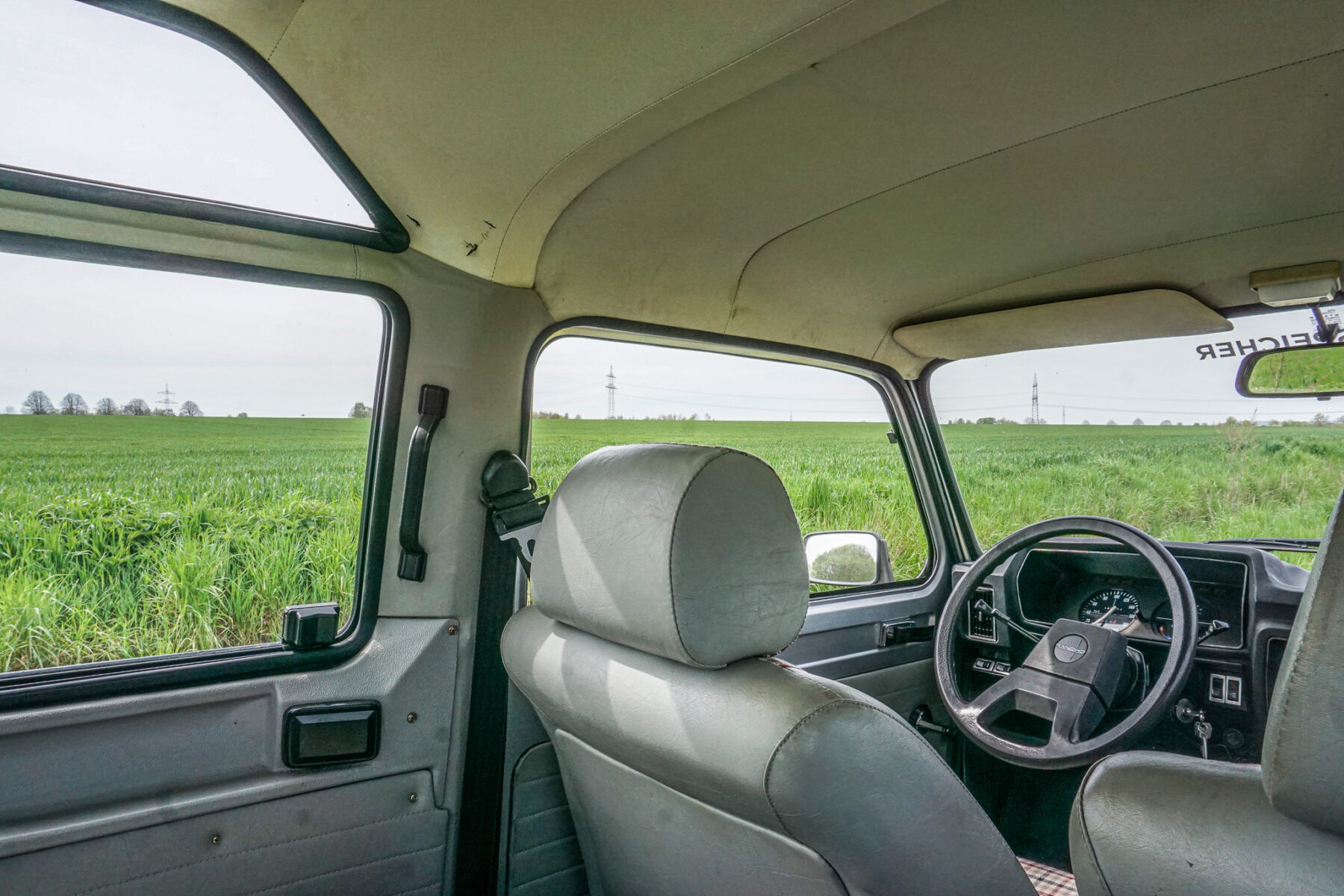
How does the Rancho drive? Unspectacular – but it feels surprisingly heavy. Of course, there is no power steering, no electric assistants. But the all-round visibility is good, and I love this feeling of space.
Despite the niche, the Matra Rancho was well received. Matra expected to sell 25,000 cars, but in the end it sold twice as many. But of course the Rancho was also a problem case. It could not really be classified. Not a real off-road vehicle. Matra planned a four-wheel drive, but the project was too expensive. Yet it was astonishingly expensive. In Germany it cost more than a Ford Granada Turnier, in Great Britain more than a Volvo 240. But its success was certainly due to the unique space it offered.
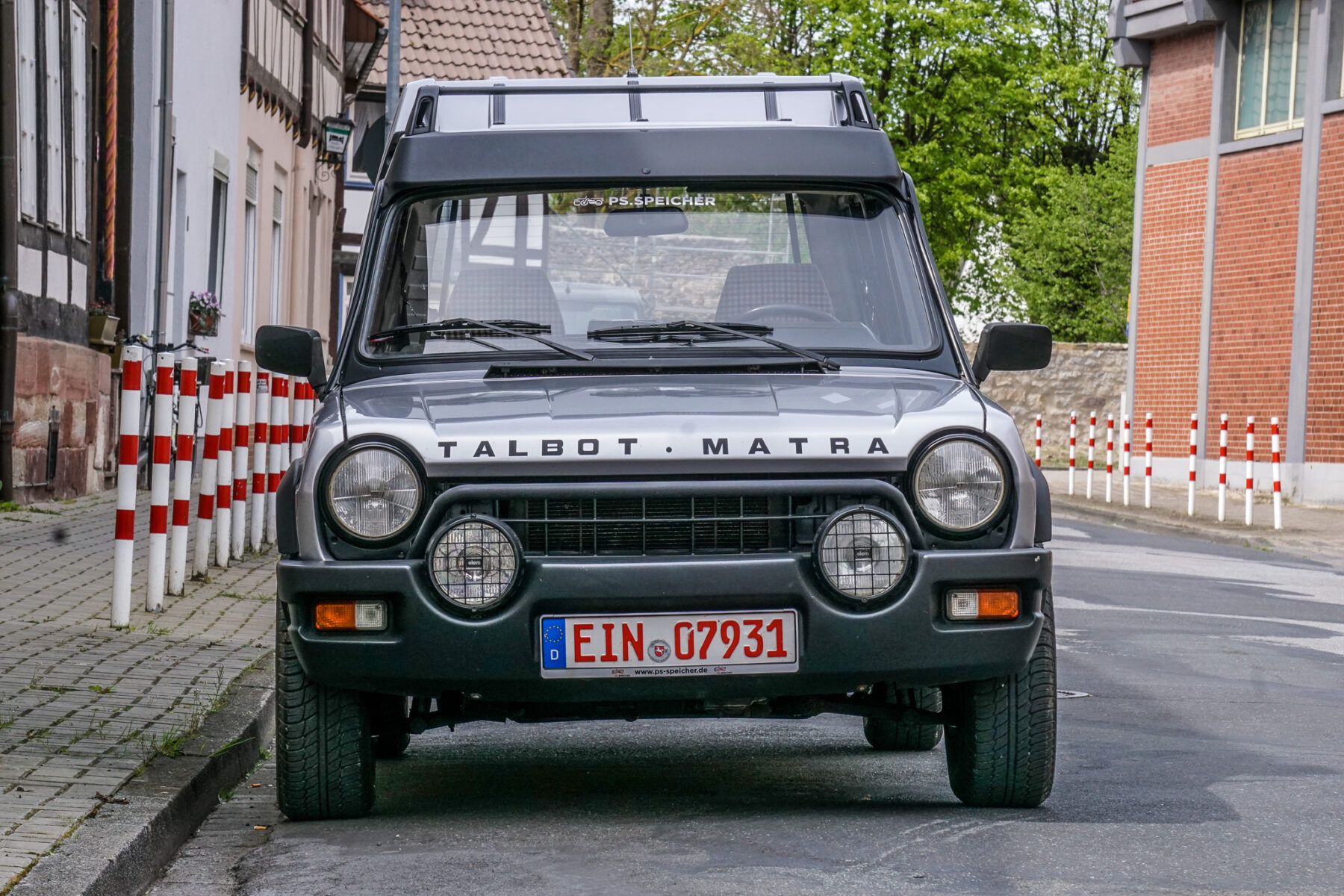
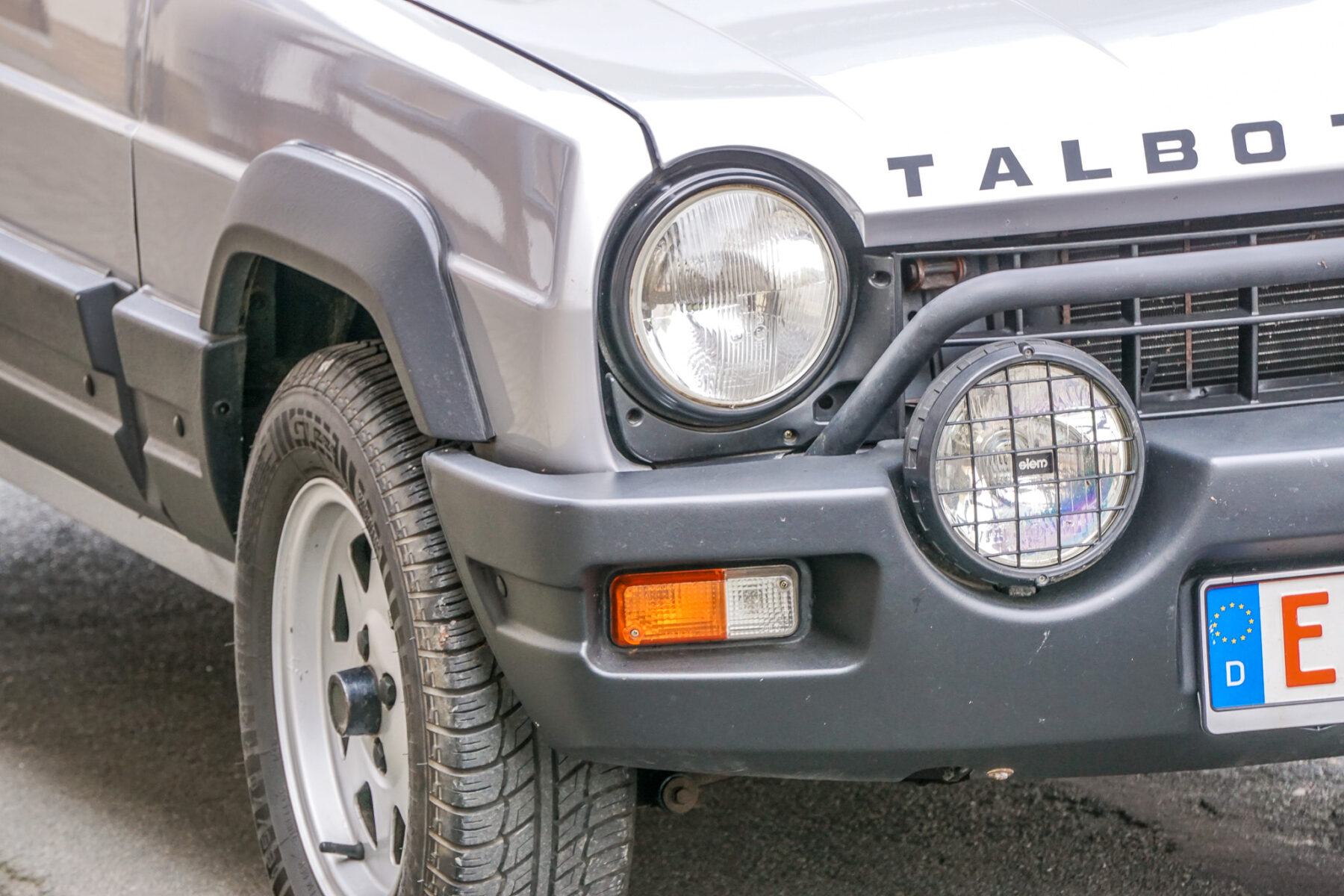
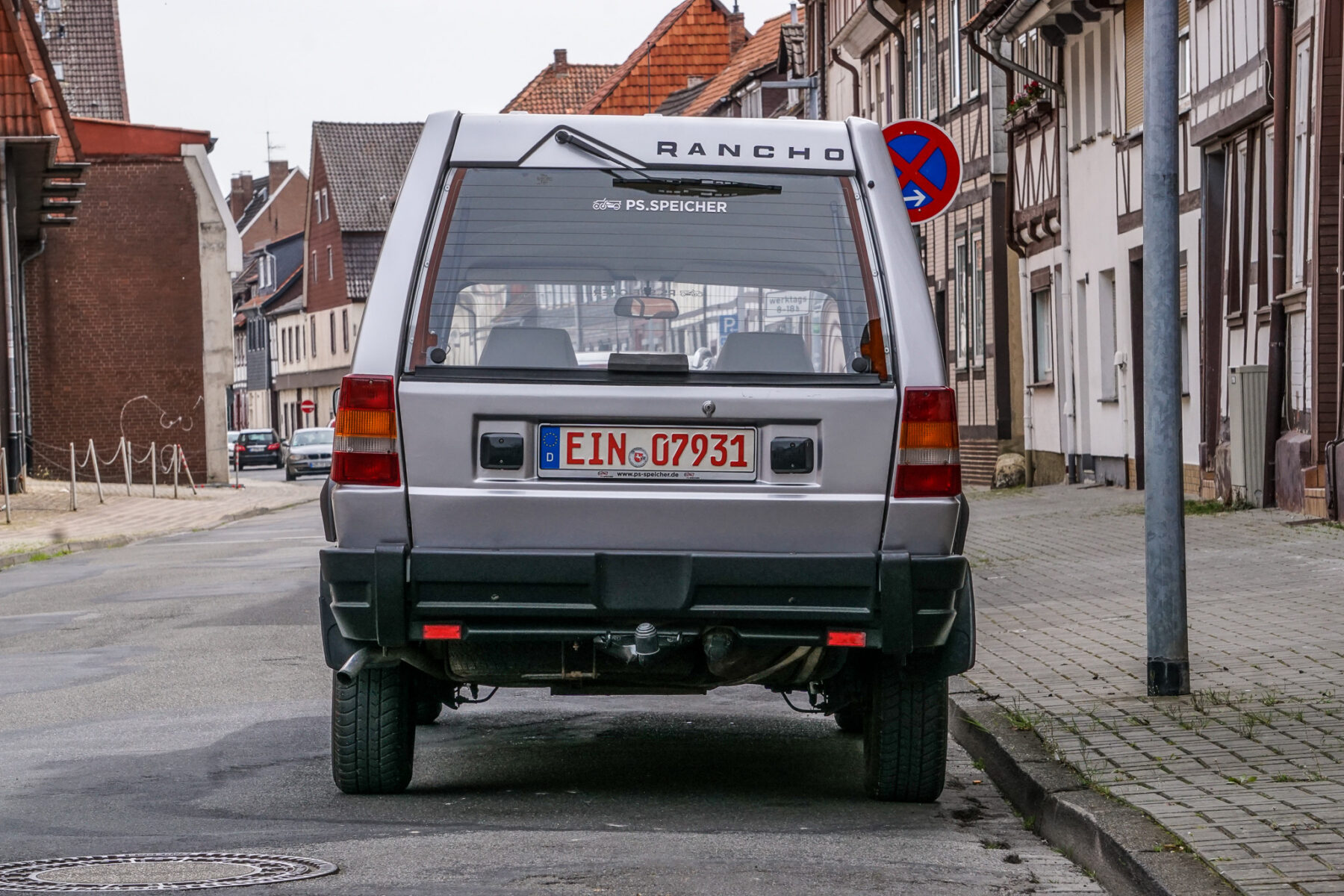
In 1978 Simca was swallowed up by Peugeot, the Matra Rancho became the Talbot Matra, and production finally ended in 1984. The Rancho spawned an unlikely successor: the Renault Espace. Peugeot (who controlled Matra at the time) deemed the project too expensive and not promising enough. Determined to take its design to production Matra knocked on Renault’s door and they quickly adopted the project, one that upon its launch in 1984 arguably became the first European minivan.


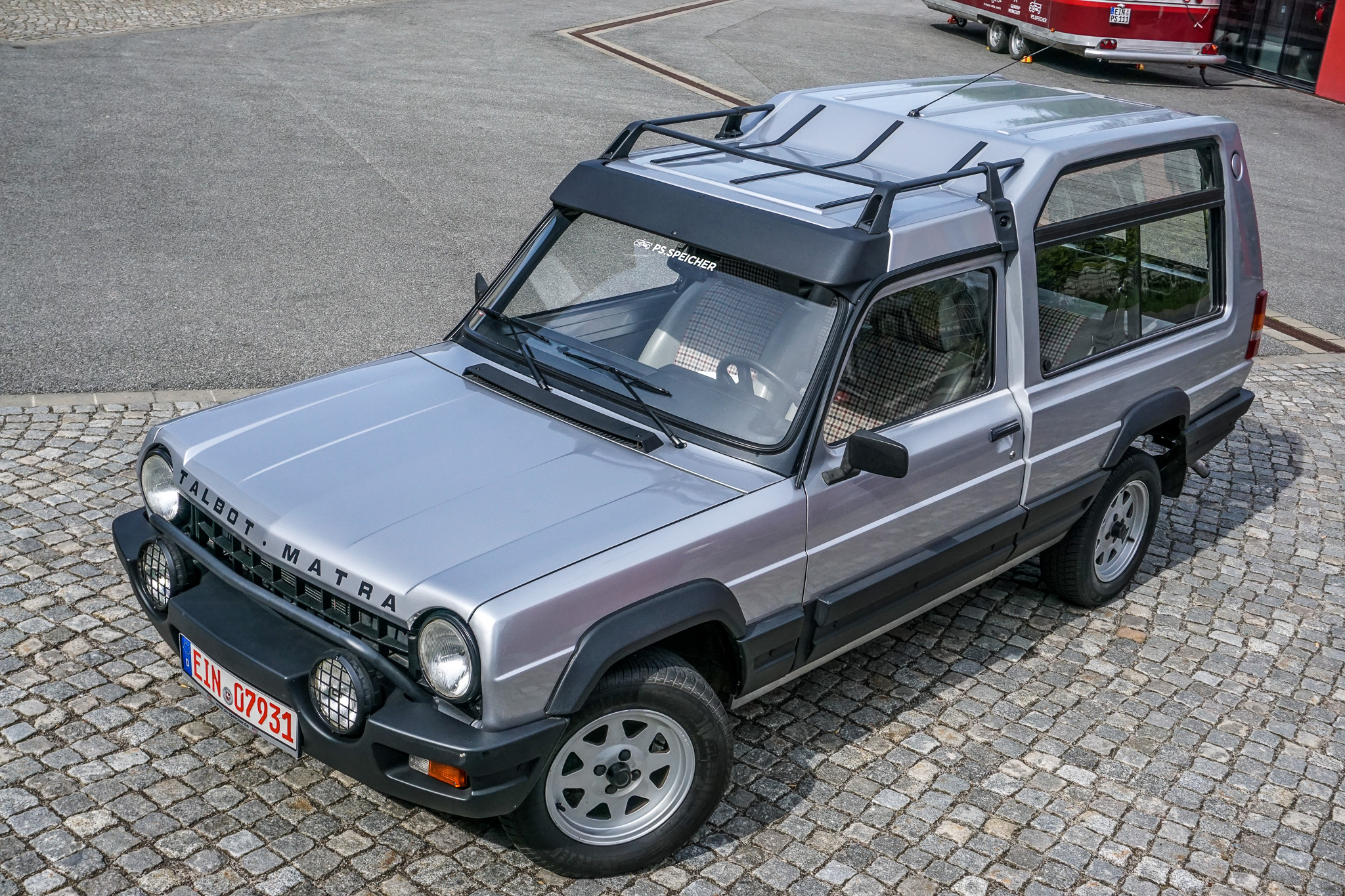

Only Fans is in the making. Literally great content!
A website? So I have to follow you on IG, TikTok, Youtube and here.. please don’t tell me you have…
Absolutely, but when I look at all the Pike-Cars, the Pao remains my abolute favourite :)
The Nissan S-Cargo was also quite a neat design from the 90s. 😊